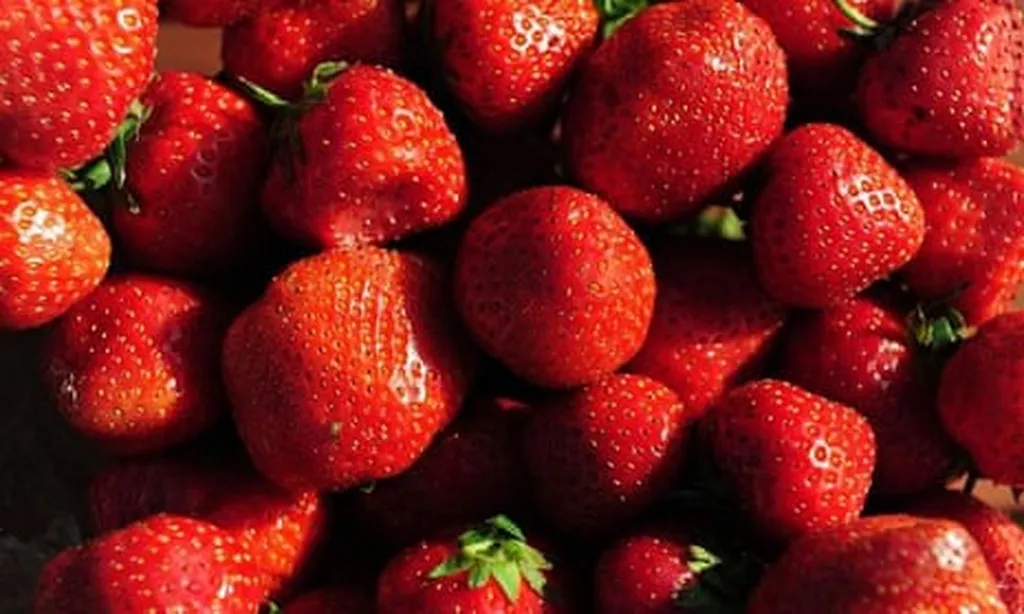In the heart of South Korea, a silent battle is being waged in strawberry fields, one that could reshape how farmers combat plant diseases in the face of climate change. At the forefront of this fight is Dr. Jeong-Hyeon Byeon, a researcher from the Department of Agricultural Biotechnology at Seoul National University. His recent study, published in *Research in Plant Disease* (translated from Korean as ‘식물병해학연구’), offers a compelling look into how farmers are managing Fusarium wilt, a devastating disease threatening strawberry crops.
Climate change is altering the landscape of plant diseases, with shifting weather patterns influencing the timing and severity of outbreaks. This unpredictability is forcing farmers to adapt their management practices, but until now, little was known about how these practices align with epidemiological principles. Dr. Byeon’s research aims to bridge that gap.
“Understanding how farmers manage diseases from an epidemiological perspective is crucial,” Dr. Byeon explains. “We need to link the three main epidemiological parameters—initial inoculum, rate of disease development, and the period of time—to the management practices to devise the most effective strategies.”
Fusarium wilt, caused by the soil-borne fungus Fusarium oxysporum, is a significant threat to strawberry production. It infects the plant’s vascular system, leading to wilting, yellowing, and ultimately, plant death. The disease is particularly challenging to manage due to the persistence of the fungus in the soil.
Dr. Byeon’s team conducted a survey among strawberry farmers to identify the major management practices they employ and their perceived efficacy. The practices ranged from cultural methods, such as crop rotation and soil solarization, to chemical treatments and biological controls.
The study revealed that farmers are employing a mix of strategies, but their effectiveness varies. “Some practices are more aligned with epidemiological principles than others,” Dr. Byeon notes. “For instance, practices that target the initial inoculum or slow the rate of disease development are generally more effective.”
The findings have significant implications for the agricultural sector. As climate change continues to disrupt traditional farming practices, understanding the epidemiological basis of disease management could help farmers devise more effective and economically viable strategies. This could lead to reduced crop losses, increased yields, and improved profitability.
Moreover, the study highlights the importance of integrating epidemiological insights into integrated pest management (IPM) strategies. By doing so, farmers can make more informed decisions about disease management, ultimately enhancing the sustainability of their operations.
Dr. Byeon’s research is a stepping stone towards a more resilient agricultural future. As he puts it, “This is just the beginning. We need more research to fully understand the complex interplay between climate change, epidemiology, and disease management practices.”
In the face of climate change, the battle against plant diseases is far from over. But with insights like those provided by Dr. Byeon and his team, farmers may soon have a new arsenal of tools to protect their crops and secure their livelihoods. The future of strawberry farming, and indeed, agriculture as a whole, may well hinge on our ability to adapt and innovate in the face of these challenges.

